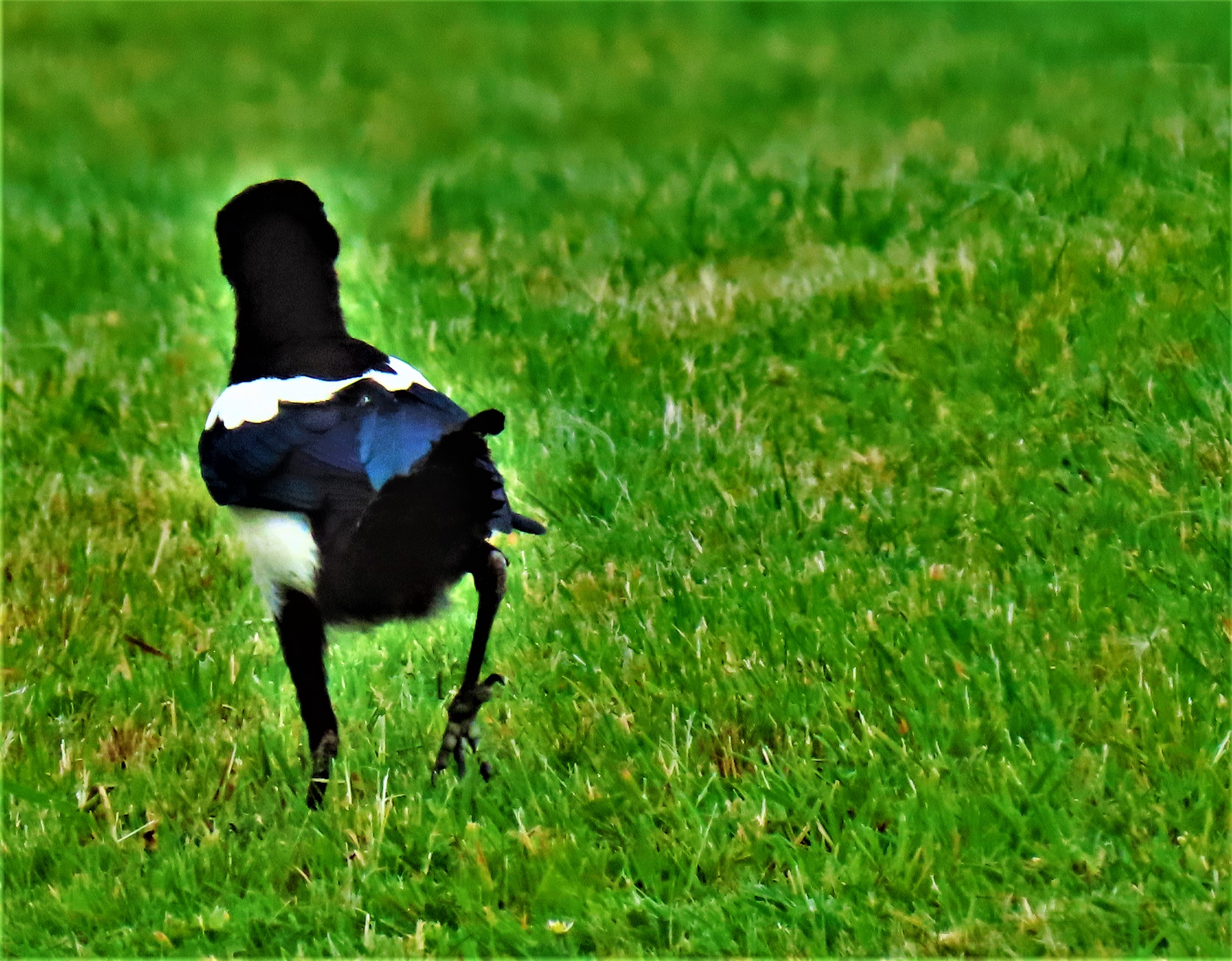In this post I deal with a topic well known to all who have followed the England men’s cricket team for any length of time: who will bat at number three going forward? However, this is time the question is apposite for the reverse of the usual reason.
ENGLAND’S NUMBER THREE
The number three position has traditionally been a very tough one for England to fill. In the 1960s it was usually either Dexter at three and Barrington at four or vice versa, but since then it has been an almost continual problem. David Steele did well there in 1975-6, Chris Tavare did what was asked of him in the early 1980s – namely give the order something in the way of backbone, David Gower had one superb series there against Australia in 1985, Michael Vaughan made the position his own in the early 2000s, and a decade later Jonathan Trott was as good a number three as England have had in my lifetime. More recently we have seen Joe Denly there playing a holding role to ensure that the opposition bowlers were not instantly into England’s middle order, and this winter in India with Burns recently returned from a layoff we saw Jonathan Bairstow batting there and failing horribly. Suddenly however there appear to be a wealth of options.
NUMBER THREE PRESENT AND FUTURE
The current incumbent is Zak Crawley, who will bat there against New Zealand behind the opening pair of Burns and Sibley. Crawley scored 267 from no three against Pakistan last summer, but has done little since with Lasith Embuldeniya having his number in the Sri Lanka series, and save for one fifty India giving him a thoroughly miserable time. If Crawley does not produce significant runs against NZ then his place is definitely in jeopardy. There are at least three players who are in the running for his slot by dint of batting superbly there for their counties:
- Tom Abell: The Somerset captain was placed at number three with two other Toms, Banton and Lammonby, opening at the start of this season. Banton has already been dropped from opening though did subsequently feature as keeper in one match. Lammonby has played one decent innings this season, and his strong start in first class cricket (459 runs at 51.00 in his first six matches) has been badly tarnished. He is young enough to bounce back, but currently an England call up looks a long way away. Abell at number three, and often with the innings beginning to disintegrate around him has scored over 500 runs this season at an average of better than 60 and is looking every inch an England number three in waiting.
- James Bracey: The Gloucestershire batter and occasional wicket keeper was on the fringes of the England squad last season, spending a lot of time in bio-secure bubbles as a reserve. He has continued to impress from number three this season and has been named in the squad for the New Zealand series.
- Nick Gubbins: The gritty Middlesex batter has had a superb season batting at three, and his masterly 124 on the final day of the last match against Surrey turned a situation in which Middlesex were hoping to avoid defeat and fearing the worst into one in which Middlesex had a definite sniff of victory before the rain made its final intervention, rendering the chase just too steep.
Of the three named, Abell and Bracey (already in the squad) are both in with a strong chance of being selected. Gubbins is an outside shot, but there seems little doubt that given the opportunity he could do a solid job for England.
SOLUTION TO A TEASER
In my last post I included the following teaser, adapted from brilliant.org:


This post looks at such play as there has been in the latest round of championship fixtures, which have been heavily affected by the weather – there have been bands of rain sweeping across Britain, coming in from the west although by some freak my corner of northwest Norfolk has largely escaped, with only Friday being really wet.
THE EARLY GAME
Hampshire v Leciestershire was supposed to run from Wednesday to Saturday. In fact only a tiny amount of cricket was possible. Hampshire scored 233 in the first innings, bowled Leicestershire out for 84, and forfeited their second innings, leaving Leicestershire 22 overs to score 150 to win. Leicestershire made no serious effort to take on this chase on the game was drawn.
AROUND THE GROUNDS
A number of games have been so badly hammered by the weather that there is no real chance of a result. Kent v Glamorgan and Northamptonshire v Lancashire have already been confirmed as draws, though the former saw an amazing performance from Darren Stevens. Kent at low water mark were 93-7 in their first innings, but ended up tallying 307. Stevens, at the age of 45 scored 190, with 15 sixes and 15 fours. He shared a ninth wicket stand of 166 with Miguel Cummins, whose share of that partnership was one not out. Stevens then added the wicket of Marnus Labuschagne to his share of the spoils. Nottinghamshire v Worcestershire, Durham v Derbyshire and Essex v Warwickshire are all headed the same way, and it will take miracles for any of those games to yield definite results. Gloucestershire v Somerset is likely to be a draw as well, but the way Gloucestershire are collapsing means that it is not dead yet – Somerset scored 300-8 declared, with Tom Abell scoring his first century of the season (overall he now has over 500 runs at an average of more than 60 for the season), and Gloucestershire are 27-6 in reply. That leaves the London derby, in which the Surrey openers, Burns and Stoneman have been utterly dominant – they put on 135 in each innings, equalling the highest ever identical opening stands in FC history, a record set in 1979 by Kepler Wessels and John Barclay of Sussex. Surrey declared just before lunch today at 259-2, setting Middlesex 290 (full scores, Surrey 190 and 259-2 dec, Middlesex 160 and 28-1). Burns completed his first century of the season.
A POTENTIAL ENGLAND NO3
Somerset started this season with a plan for their top order – three guys all answering to Tom, Lammonby, Banton and Abell at 1,2 and 3. Banton has already fallen by the wayside, his career as a first class opener over almost before it began. Lammonby has managed one good score all season, and his dismissal in the game currently in progress, run out going for one that was never there, was the product of a scrambled mind. The one to prosper has been Tom Abell who is handling batting at no3 like one born to perform that task. Crawley remains the man in possession for England, but if he does not score runs against NZ then England may decide that change is needed, and Abell would surely be the logical person to turn to in that case: he is just entering the prime years of a cricketer’s career, he is batting superbly at no3 and several of his best scores have come in very testing situations, all of which give him the appearance of a test no3 in waiting.
A MATHEMATICAL TEASER
This problem comes from brilliant.org, but I have added a bonus element as well as slightly tweaking the setting:

A brief note on ‘concatenation’: in a mathematical context it is represented by an equals sign flipped through 90 degrees and it means that the two digits between which it appears are joined to form a single number.
Additional ‘bonus’ question: Once you have worked out the answer to the main problem, if one of the two sums cannot be solved under the given conditions what extra operations would need to be permitted to make it solvable? Full explanation in my next blog post.
The first part is quite easy: problem A is resolved simply by using the concatenation symbol to turn the 1 and 2 into 12 and adding the three to get 15. Problem B cannot be resolved (the biggest number you can get without concatenation is 7 (3 x 2 +1 = 6+1 = 7) and the only numbers you can generate by concatenating are 321 (all numbers used, obviously hopeless), 32 which leaves with with one which enables you to finish with either 31, 32 or 33 and 21, which leaves the three, which appears at the beginning. The only integers you can generate with the three and the 21 this way round are 24 or -18.
For the second part you need to allow a minimum of three more operators: square roots and floor or ceiling functions (you only need the latter, but the two operations come as a package). The floor and ceiling functions are respectively the nearest integer below an actual answer and the nearest integer above an actual answer. With these you can concatenate the two and the one to form 21, the square root of 21 is approximately 4.58, the ceiling function of which is 5, and you have the three unused to multiply and make 15.
PHOTOGRAPHS
My usual sign off…















































































































































































